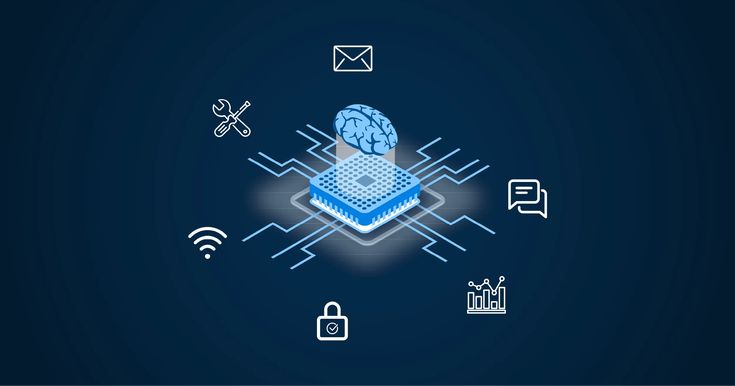The field of embedded systems has seen remarkable advancements in recent years, driven by the growing demand for smarter, faster, and more efficient devices. Embedded systems, which combine hardware and software to perform specific tasks, are the backbone of modern electronics, from IoT devices to autonomous vehicles. Let’s dive into the latest technologies shaping this dynamic field.
1. Internet of Things (IoT)
IoT continues to be a game-changer in embedded systems. By integrating sensors, actuators, and connectivity, IoT devices enable seamless communication between machines and users.
Key advancements:
- Low-power IoT devices with extended battery life.
- Enhanced connectivity through protocols like LoRaWAN and NB-IoT.
- AI-powered edge computing for real-time data processing.
Applications: Smart homes, industrial automation, and wearable devices.
2. Artificial Intelligence (AI) and Machine Learning (ML)
AI and ML are transforming embedded systems by enabling intelligent decision-making and automation.
Key advancements:
- AI accelerators and processors optimized for embedded applications (e.g., NVIDIA Jetson, Google Edge TPU).
- On-device learning for personalization and adaptability.
- Deployment of neural networks on microcontrollers (TinyML).
Applications: Autonomous vehicles, predictive maintenance, and voice recognition systems.
3. RISC-V Architecture
RISC-V, an open-source instruction set architecture, is gaining traction in embedded systems due to its flexibility and cost-effectiveness.
Key advancements:
- Customizable processors tailored to specific applications.
- Ecosystem growth with tools, libraries, and community support.
- Enhanced security features for IoT and industrial systems.
Applications: IoT devices, wearables, and industrial controllers.
4. Edge Computing
Edge computing reduces latency by processing data closer to the source rather than relying on cloud-based servers.
Key advancements:
- High-performance microcontrollers with integrated AI capabilities.
- Real-time analytics for critical applications.
- Improved security for sensitive data.
Applications: Autonomous drones, smart cameras, and healthcare monitoring systems.
5. Advanced Connectivity Technologies
The rise of 5G and advanced wireless protocols has revolutionized embedded systems.
Key advancements:
- Ultra-low latency and high-speed data transmission.
- Enhanced support for massive IoT deployments.
- Integration of Wi-Fi 6 and Bluetooth 5.3 for better connectivity.
Applications: Smart cities, connected vehicles, and AR/VR devices.
6. Energy Harvesting and Low-Power Design
Energy efficiency is a critical focus in embedded systems, especially for IoT and wearable devices.
Key advancements:
- Energy harvesting technologies using solar, thermal, or kinetic sources.
- Ultra-low-power microcontrollers and sensors.
- Dynamic power management techniques.
Applications: Remote sensors, medical implants, and environmental monitoring.
7. Real-Time Operating Systems (RTOS)
RTOS is evolving to meet the demands of complex embedded applications.
Key advancements:
- Lightweight and modular RTOS solutions.
- Enhanced support for multicore processors.
- Improved security and fault tolerance.
Applications: Robotics, automotive systems, and industrial automation.
8. Embedded Security
As embedded devices become more connected, security has become a top priority.
Key advancements:
- Hardware-based security modules (e.g., Trusted Platform Module).
- Secure boot and firmware updates.
- Encryption and authentication protocols tailored for embedded systems.
Applications: IoT devices, payment systems, and healthcare equipment.
9. Advanced Sensors and Actuators
The integration of advanced sensors and actuators is expanding the capabilities of embedded systems.
Key advancements:
- MEMS (Micro-Electro-Mechanical Systems) for precise measurements.
- Smart sensors with built-in processing capabilities.
- Miniaturized actuators for compact designs.
Applications: Drones, smart appliances, and biomedical devices.

